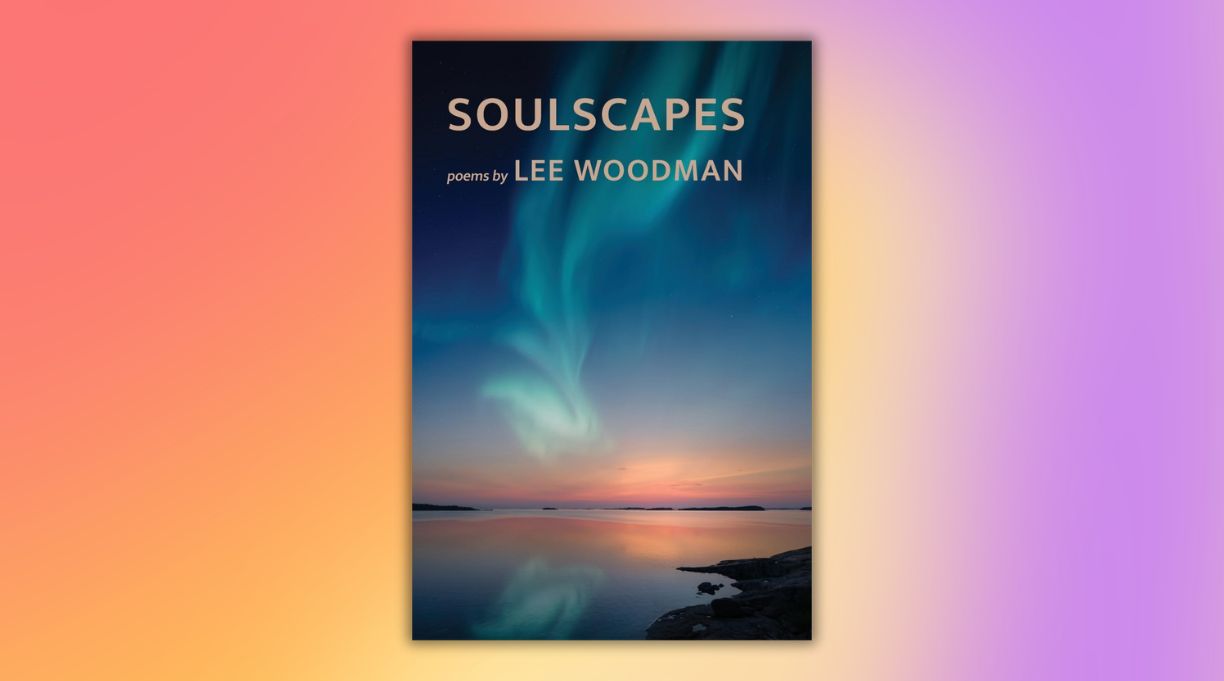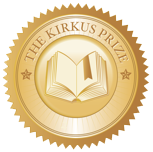Please tell us a little about yourself and your “Scapes” Collection.
My international childhood and education in art, drama, music, and language gave me a wonderful foundation to play with language, evoke images, and tell stories.
I’ve done five “Scapes” volumes of poetry to date. Homescapes is about growing up in France and India and coming to live in the United States at age 14. Mindscapes deals with the reality and the mythology of womanhood. Lifescapes struggles with separation and divorce during a pandemic. Artscapes dives into painting, sculpture, and music.
The latest volume, Soulscapes, is about “other ways of knowing,” beyond traditional religions.I researched origin stories, spirit animals, lucid dreaming, witchcraft, and past lives.We often long for absolutes, especially when the world is in crisis. But we live in a relative world. Soulscapes explores how we reach for something greater than ourselves, and recognize the cosmic and the divine in the natural world.
The performer in me loves doing readings, interviews, and podcasts.
How do you develop your subjects?
It’s rare for me that a poem just spills out. First, I decide on the main theme for a collection and then start digging. I stare at artwork, birds, animals, and street scenes. I eavesdrop on conversations in public. Then I go back over my notes and highlight what grabs me. After that, there’s endless research online into ideas, sounds, or artists. I pick the best poetic form for the content. The more exact a poet can be with word choice, rhyme, and line breaks and the better the metaphors—the more universal the meaning of the poem becomes.
How has critical and/or reader response influenced the way you think about your work?
Reviewers and readers often see themes in my work I do not see or did not intend. Their comments make me appreciate how poetry provokes questions and offers individual opportunities for deeper interpretation. People sometimes assume poetry will be difficult to understand or that their personal reactions are not valid. When teaching a class or doing a reading, I ask listeners, “What do you notice? What do you wonder? What stays with you over time?” Both children and adults realize how delightful it is to experience poetry, and they burst forth with personal stories and reactions. This in turn makes it all the more fun for me!
What are you working on now?
Colorscapes—volume 6 of my “Scapes” series.
I’m up to my ears in research into the chemistry, the psychology, and the philosophy of color, learning about everything from insects as materials for dyes to the philosophy of Goethe and the range of hues used by Kandinsky!
Color provides an incredible opportunity to express delight, disgust, humor, and metaphor. I’ll continue to use a range of poetic forms (pantoums, villanelles, etc.) and certainly my beloved ekphrastics—poems about artworks.
Portions of this Q&A were edited for clarity.




































